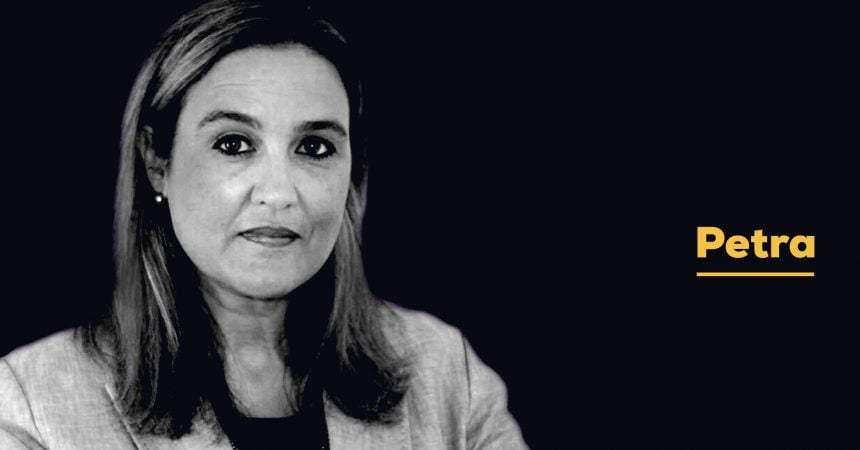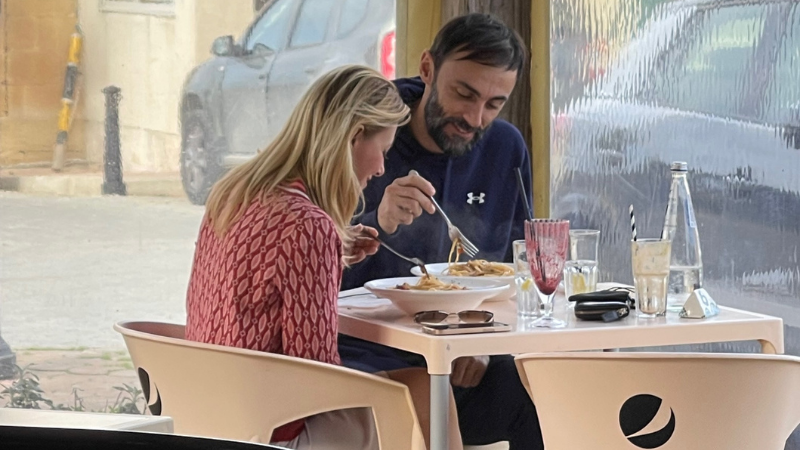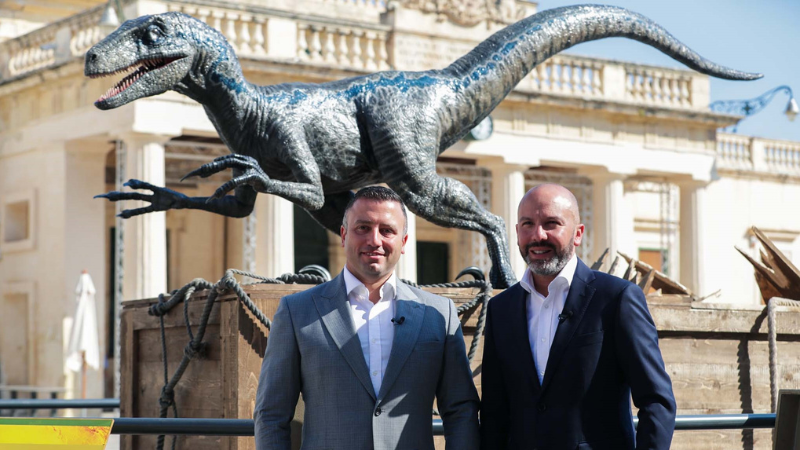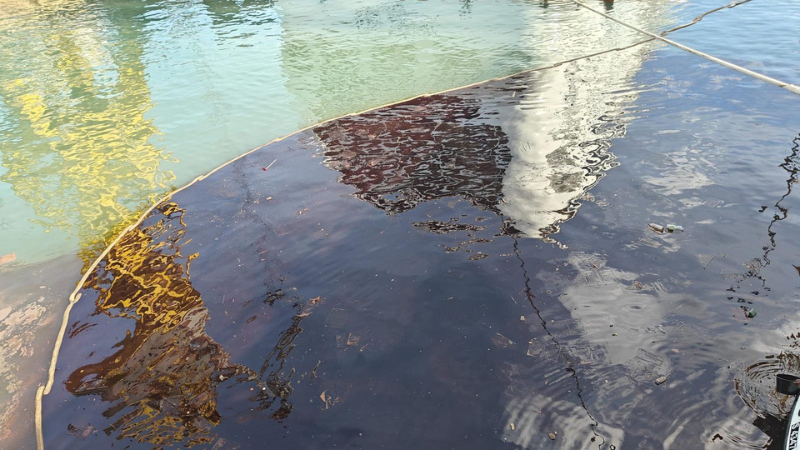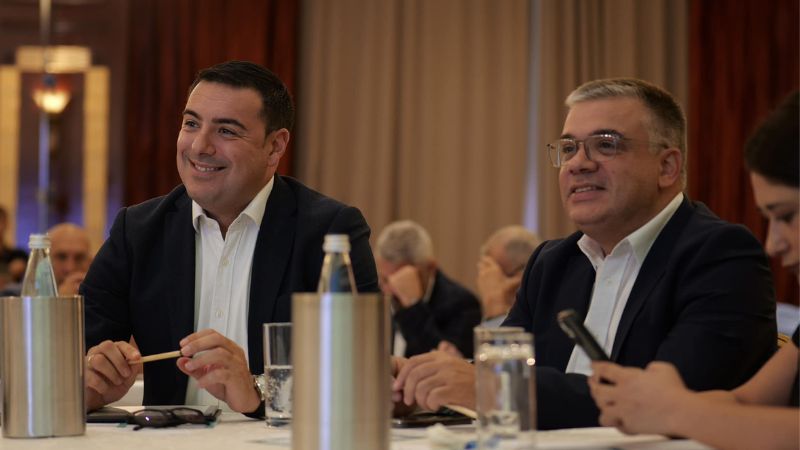The burning down of the cathedral of Notre Dame in Paris just before Easter has provoked an outpouring of public emotion worldwide.
The images of the famous Gothic cathedral engulfed in flames are hugely powerful, and people all over the world have united in dismay. In her reaction, German Chancellor Angela Merkel described Notre Dame as “a symbol of French and European culture”. This incident reinforces the idea of ‘world heritage’, as promoted by UNESCO, or of European cultural heritage, as espoused by organisations like Europa Nostra.
Love for the past and its remains runs deep. This February I visited the Salinas museum of archaeology in the centre of Palermo in Sicily. On the ground floor, opening onto the former convent’s quiet courtyard, a small room is dedicated to the memory of Syrian archaeologist Khaled al-Asaad, who was head of antiquities in the ancient city of Palmyra, a world heritage site, for over 40 years.
In 2015, al-Asaad was brutally executed by ISIS militants. They had taken and damaged the old city but he adamantly refused to reveal to them where the important cultural artefacts had been stored for safety, and so they beheaded him. In the Palermo museum he is described as a ‘righteous man … defender of heritage’.
This tragic murder in Palmyra, four years ago, holds two extremes: theft and ruthless destruction of society and its historical artefacts, as opposed to ardent reverence and passion for cultural heritage.
Here in Malta, people have occasionally rallied around perceived threats to heritage. The vandalism on the Mnajdra temple in April 2001 is one example. And people were genuinely distraught by the collapse of the Azure window in Dwejra in March 2017.
The appreciation and study of cultural heritage has moved on. It is no longer restricted to outstanding buildings and monuments, as it was when awareness of cultural heritage grew 150 years ago in Europe, and later also in Malta. Built heritage lies elsewhere too – in rural or vernacular architecture, and in traditional streetscapes.
In Malta we are rapidly destroying practically everything, except anything built by the Knights of St John. To that, add Mdina, the Cittadella in Gozo, the pre-historic temples, churches and a selection of other buildings. The rest is on death row. Figuratively speaking, our built heritage is up in flames. Notre Dame is in our own backyard.
I am glad that I had the good fortune to visit the great old cathedral of Notre Dame several times in my lifetime before disaster struck this year. It is understandable that the world is saddened. So far it appears that the fire was an accident, linked to renovation works.
I don’t mean to put down their distress, yet I can’t help wondering how some people here in Malta, who should know better, can be so troubled and unsettled by accidental damage to this beautiful medieval cathedral in Paris, iconic as it may be, but not care about the deliberate, massive obliteration of their own heritage at home.
The ongoing devastation of the Maltese urban and rural landscape is no accident. It is a conscious decision by the government, that the construction industry is to be supported at all costs. Everything has been put in place, from policies and plans to committees and people, to ensure that new construction is not hindered by sentimental attachment to old spaces or vistas.
The entire landscape is being transformed. Big projects take priority. Residents are ignored. Traffic is increasing, but instead of reducing it roads and new petrol stations are built, not to mention the enormous tunnel on the drawing board.
The head of the Malta Developers Association, Sandro Chetcuti, has already voiced concern about Prime Minister Joseph Muscat’s expected departure from politics next year. It could be difficult to find a replacement who will promote construction and development as much as Muscat and his government have done.
The beginnings of short-sighted development and inadequate planning in Malta can be traced back to the 1960s. Yet there were still semblances of attempts to put in place a legal framework, such as the Structure Plan of 1990, with a good direction and some vision.
In recent years the opposite has happened. Plans and policies have been dismantled to enable construction without vision. The result is all around to see, and it is only likely to get worse once all the permits which have been granted are implemented.
Today there is still hope that part of the Paris cathedral has been saved, and that it may even be rebuilt. It will never be the same, but everything possible will surely be done to respect and preserve the remains of this iconic, historic structure.
Our own Maltese heritage will not be rebuilt, respected or preserved. Rather than strive to save it, all efforts are focused on obliterating it. In the future we will remember the achievements of the Knights of St John on our islands through their buildings, but the rest of Malta will have little history left standing.
petracdingli@gmail.com

